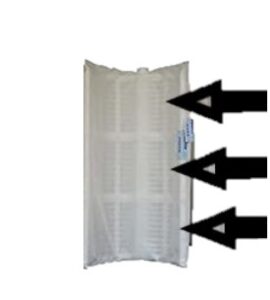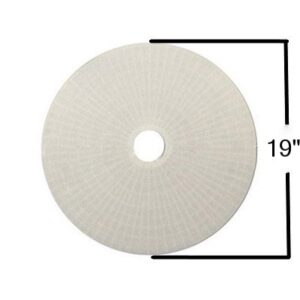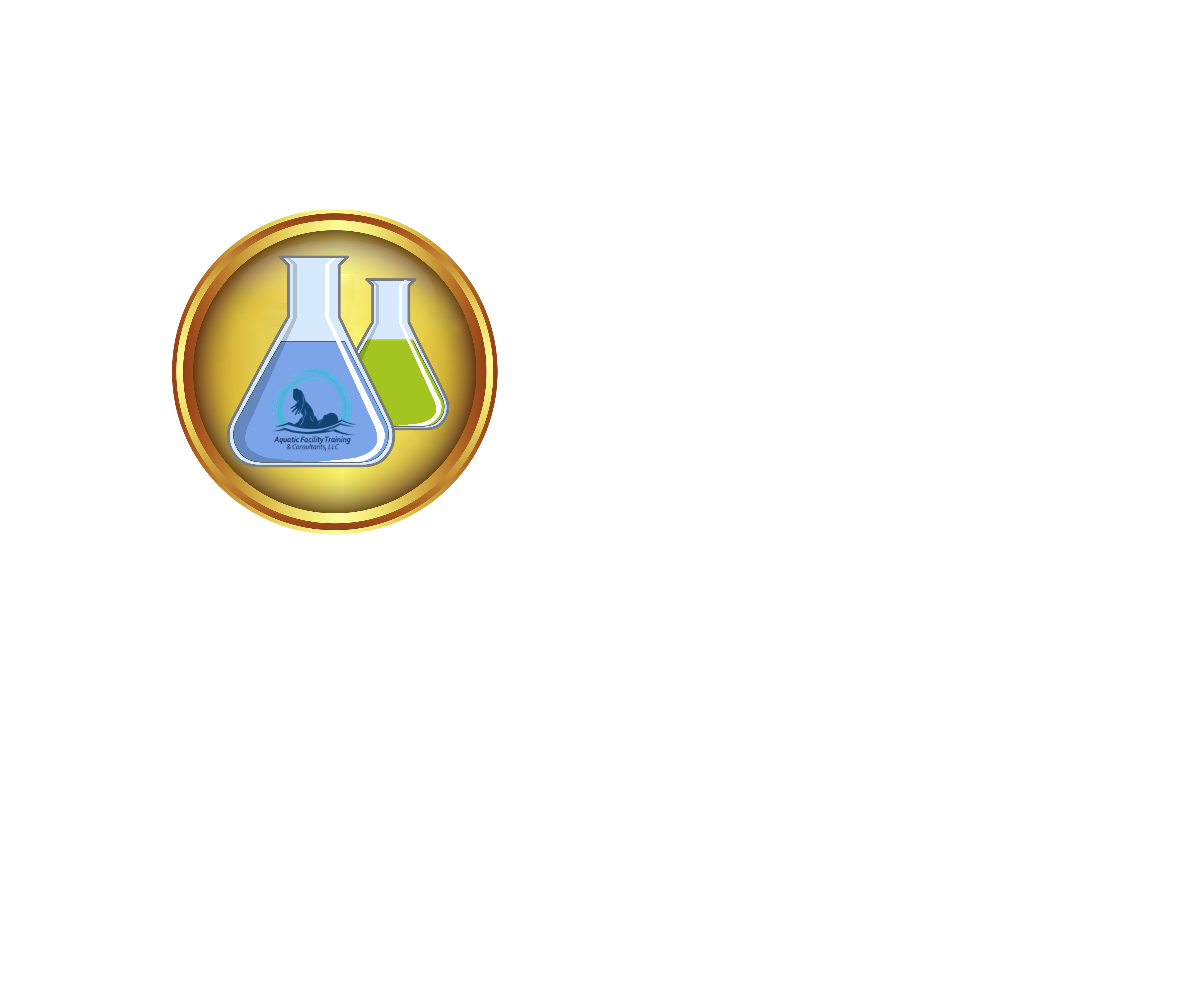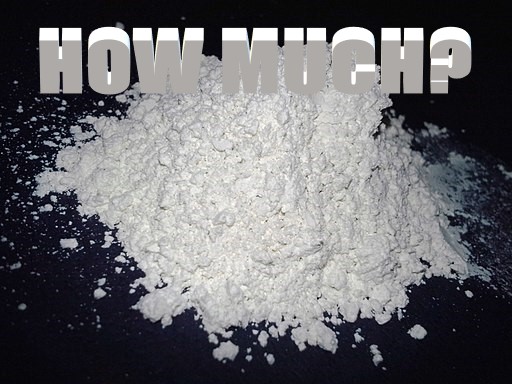Diatomaceous Earth

Hey Guys. Hoping your March is off to a good start. I wanted to talk about this for a while, and going into spring seems to be the best time. Maybe you do this; perhaps you don’t. I’ve seen a lot of applications where people underdose the amount of DE. I don’t mean by a little bit. I’ve witnessed people that have been off by ten to twenty pounds?! Then, there are the “One Scoopers.” The folks that believe one DE scoop is enough. I don’t fault anyone. Someone taught someone, and that’s what you were shown to do, but how much DE should you add?
If we are not adding enough DE or adding it correctly, several problems can occur. A short filter run means that you will need to backwash more than would be necessary. Grid contamination would indicate that the polyester cloth covering the plastic frame of the element has become so embedded with oils and debris that cleaning becomes pointless. They’ll need to be replaced on a more frequent basis. Those can be F**king expensive!
Similar Article Why is sand coming back into my pool?
Winging it is never the best plan, plus I think you’re better than that. Calculate the correct dose, add it the proper way, and make your pool easier to maintain. It’s not that much of a pain in the ass, plus you’ll only need to do this once. Right?
When to clean
If you have a vacuum style set up. This is where the pump is pulling the water through the elements. We want to make our decisions on when we backwash based upon the readings of the vacuum gauge. You will find this gauge installed in between the pump and the surge pit (the tank with the grids in it). This gauge should NEVER read more than eight inches of mercury. If it does, we risk cavitation.
?????? If you have one of these filters and you hold off on backwashing until you see tiny bubbles coming up from your floor returns, you are waiting too long. The Elements are dirty to the point they are slowing the flow of water to the pump, which is causing cavitation. This is what is causing the bubbles and is also what is destroying your pump’s impeller. Similar to sandblasting the blades of the impeller.
On a vertical grid filter, it is the same as all pressure side applications. You backwash when the pressure gauge (located on top of the tank) reads 8 – 10 psi higher than your clean starting pressure.
Keep in mind when we backwash or clean a DE system, we are expelling the DE, and it will need to be replenished.
Similar Article CPO Certification Practice Test
Diatomaceous Earth is added at a rate of 1.25 pounds per 10 square foot of filter area, so we’ll need to start by figuring out how big your filter is. The same formula applies to residential pools if you have any of the pressure side DE tanks on your route.
Vertical Grid DE Filter

Your vertical grid DE filter should have a data plate on the outside of the tank with this information. You should be able to find at a minimum the square foot of filter area. If the data plate is missing or has faded, you should be able to determine filter area (depending upon manufacturer) by examining any one of the eight concave grids.
By holding one of the elements to the light you should be able to easily see the plastic frame and ribs beneath the polyester covering. We are looking specifically for the thicker horizontal slats of the structure that divide the element into sections (in the sample grid above, there are two). It is the sections it divides into that holds the key.
Each section (in the sample above the two thicker ribs divide our grid into three equal sections) indicates that the total of eight elements (seven full, one partial) offers twelve square feet of filter area. Multiply the number of sections in a single grid by twelve sq ft, and you will have the size of the filter (square feet of filter area).
Vacuum DE System

There is a little bit more math involved in determining the available filter area of a vacuum side filter, but nothing horrendous.
Here our filter elements will be flat and either rectangle or round. We know we are going to require square foot of filter area, so we will need to have our measures in feet. You may find the rectangular grid to be an exact measure in feet, but you will not be so lucky with the round. These are best measured in inches and then converted to feet.
Start by determining the surface area of one side of a single grid. If it is a rectangle, the formula will be Length multiplied by Width. If it is a round element, the method will be πr² (radius x radius x π).
Our filter element will have two sides. Once we have determined the filter area of one side, simply multiply that number by two to calculate the total surface area of a single grid. Now that we have the size of one multiply that number by the total number of grids that you have. This will be the available square foot of filter area for that system in total.
💥FREE DE DOSE CALCULATION TUTORIAL (CERTIFICATE OF COMPLETION AWARDED): CLICK HERE
Now that we have the square foot of filter area, we simply take that number and divide by ten, then multiply by 1.25 = pounds of DE needed. A DE scoop holds ½ pound of DE.
Silicosis of the Lungs
Diatomaceous Earth is fossilized diatoms (mustard algae), which is found in the western United States. The cell wall of the diatom is made of silica, which presents an inhalation risk. Inhalation of silica could lead to Silicosis, a lung disease that could result in death. It is vital to wear the recommended PPE when handling the product. You do not want to make decisions now that could hurt you later. Most SDS suggests an N95 Niosh at a minimum.
Fill a bucket with water and add your dose of DE. Yes, the water goes in the bucket first. If you put the powder in and then pour water into the bucket, where do you think all that DE is going to go? Right up into your face. Stir into a slurry and then pour slowly into the surge pit to precoat. For a vertical grid filter, the slurry would be added directly to the skimmer.
Adding the DE in this manner and the correct dose will benefit you by longer filter runs (greater lengths of time in-between backwashing), lessened possibility of bridging (elements connected by mounds of DE across the top), and no big F**king poof cloud of DE through the air when you dump the bucket of dry powder into the pit.
Hey, we mentioned this was an inhalation risk. Not having to have your head in a floating cloud of the sh*t would be a huge plus. If you are not concerned with your health, consider that the Diatomaceous Earth particulate floating about in the pump room has the potential to damage the starting windings of your pump motor.
Always be the Pool Pro that you would want to hire ??
| Join us on Facebook | |||||||
|
|||||||










Why do you divide the total square foot of surface area by 10? I have a vertical 48sf total surface area and thought I would need 8 to 10 DE scoops?
Erin – your doing it exactly as I’d explained, but using 1lb vs 1.25lb per 10sq ft.
48÷10= 4.8
4.8×1.25= 6lbs (12 DE scoops)